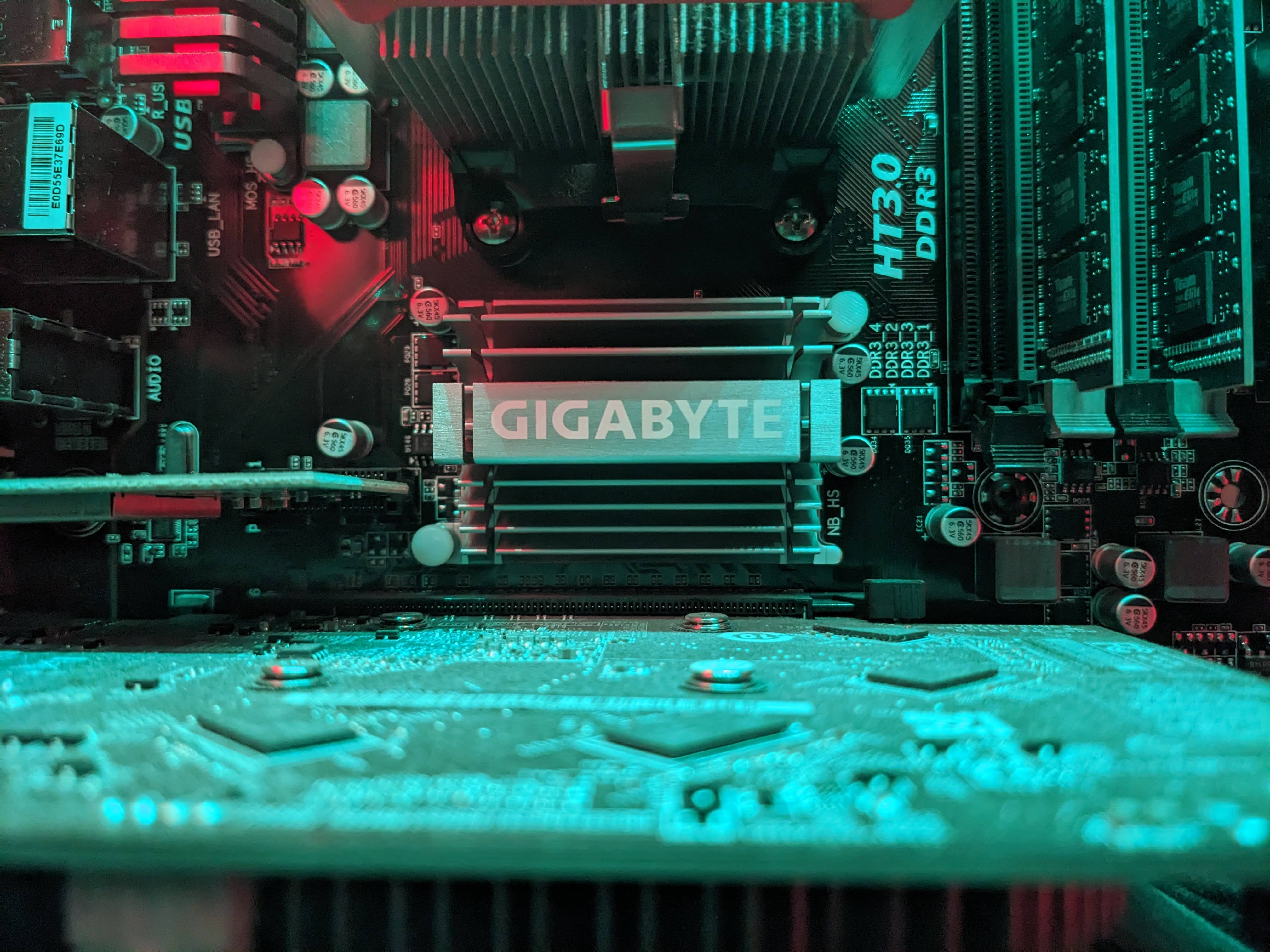
One of the first motivations for building quantum computers was the potential to use them for quantum simulations: the controlled simulation of complex quantum mechanical systems. An important part of understanding a complex system of this sort is to know its phase diagram. The recent emergence of QML (Quantum Machine Learning) [1] involves – in one of its facets – the application of machine learning techniques to the problem of quantum control. In this review, we summarize and discuss a recent publication that introduced a new QML algorithm called VQAD (Variational Quantum Anomaly Detection) [2] to extract a quantum system’s phase diagram without any prior knowledge about the quantum device.
HTML
Free

Here I propose a universal high-level cloud-native programming language for quantum computing, called High Level Quantum or HLQ. The language is universal in the sense that it supports compilation to each of the assembly languages that correspond with the quantum information processing paradigms that exist in the emerging quantum computing industry. The language is easily extensible to include future paradigms as well.
Highlights- Sample code
HTML
Free

In this article I am going to setup a Laravel 10 project to make use of quantum computing. In this case the Laravel project is going to be a simple backend that implements a handful of routes and makes use of IBM quantum computers to do a simple task: generate a random number.
Highlights- Sample code
- Detailed walk-through
HTML
Free

I am setting up a minimal Linux distro from scratch following the LFS book. I’m going to start in Ubuntu 22.04.1 LTS with LXQt (Lubuntu) running on an AMD FX(tm)-6300 Six-Core Processor as the host machine. My goal will be to have a Linux distro running on the AMD processor that can serve as a workspace for manipulating and transpiling OpenQASM code via Staq, and QMASM code via some viable implementation of QuantEmu by the end of the exercise.
Highlights- Multi-part series
- Detailed code walk-through
HTML
Free

Incomplete information plays an important role in quantum information, and artificial intelligence. However, the role is significantly different in each. In quantum information, the quantum uncertainty principle is respected. In classical probability, an uncertainty principle also exists, but with fundamentally different mechanics.
Highlights- Soft intro to machine learning
- Multi-disciplinary
HTML
Free

I rolled my own interoperable quantum physics simulation environment to help me compare simulation backends and learn quantum physics. This was what I built, more or less.
Highlights- Code documentation
- Platform overview
HTML
Free

I am watching through the first season of Star Trek: Voyager for the first time this year. It is great sci-fi, and as a physicist and cybersecurity researcher I am also noticing a lot of the space gobbledygook is actually pretty legit.
Highlights- Intro to real cybersecurity concepts
- Star Trek!
HTML
Free

Quantum blockchain is a growing area in quantum cryptography that has recently seen significant progress in academic and open source communities. The primary goal of quantum blockchain is to achieve an advancement of the quantum networking primitives — that have been theorized, designed and experimentally demonstrated in academic and national labs — to a scalable network scheme that will be adaptable to the public networking environment, which is primarily classical.
HTML
Free
